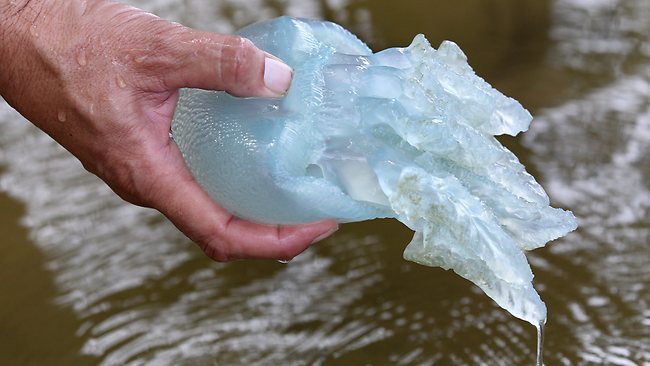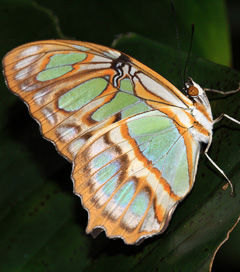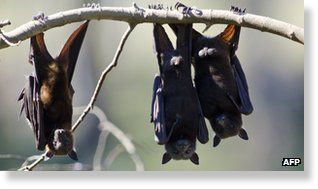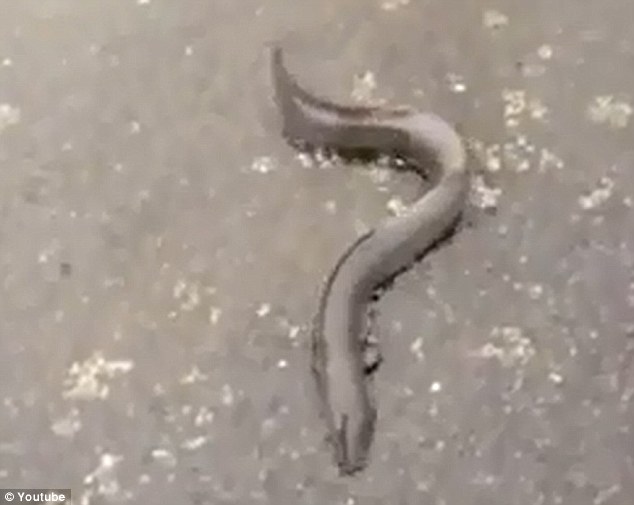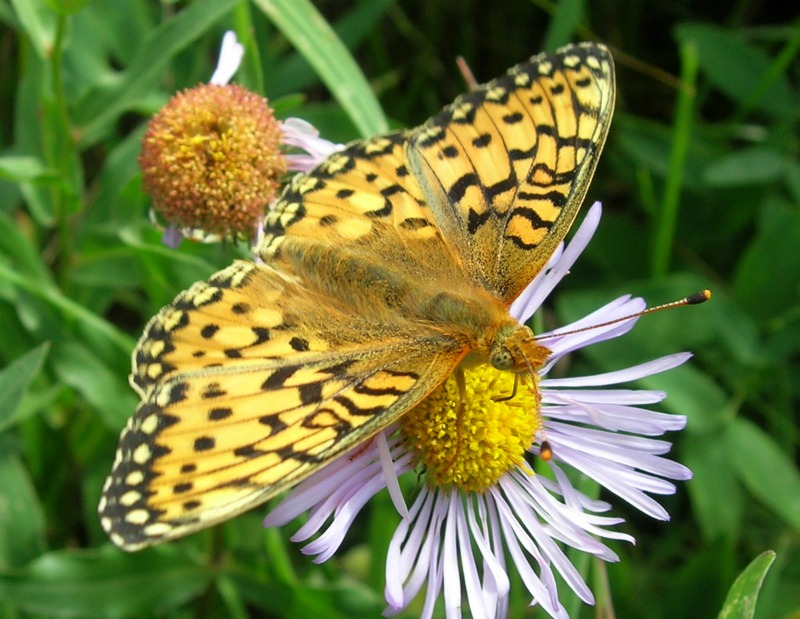
Butterflies in the Rocky Mountains are likely taking a hit from climate change, according to new research.
Lab experiments suggest that Mormon fritillaries, dainty butterflies with gold, orange and brown-flecked wings, are dying off in Colorado's Rockies because earlier snowmelts are killing off the wild flowers they feed on.
Long-term data gathered by the Rocky Mountain Biological Laboratory reveal that snowmelts are occurring earlier in the year, and wildflower and butterfly populations are declining. Now, a group of scientists says they have found a connection among the observed trends.
Early, springlike weather may be pleasant for humans, but the mild temperatures can have serious consequences for other organisms.
The balmy weather can trick plants into thinking spring has actually arrived, so they begin to bud - only to be killed off by subsequent freezing weather. And when the plants die off, butterflies don't have as much access to nectar, their required food source.
And when female butterflies don't eat as much nectar, they don't lay as many eggs, according to laboratory work.
